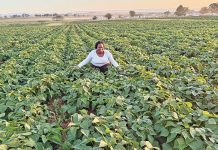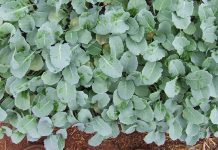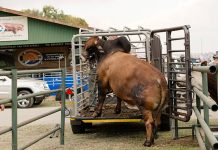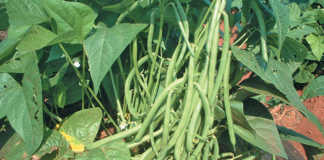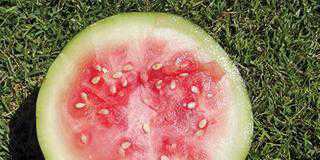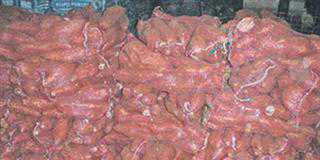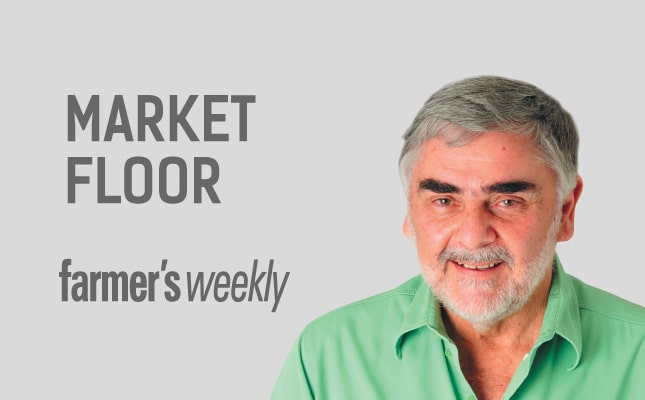
After their demise, the free market ensured that ‘true’ prices could prevail. This placed quality at the head of the list of price-forming factors. Supply and demand also came into their own right, as did many other considerations.
The impact on farmers was huge. Without the artificial protection of the control boards, each found themselves thrown into the proverbial deep end. It was sink or swim.
The premium quality brands (farmers) soon established themselves as the leaders in the market place. Through quality products they remained price makers. Farmers who could not provide the same quality standards soon became price takers.
This remains the status quo. A walk through any major market will show how the top brands are sold at better prices than others. In some cases, the brand is so strong that the buyers don’t even haggle over the price. They simply accept it and are usually grateful to have obtained the product.
Less room
Producers not in that league are the ones who must often take what they get from the buyer. The fact that their quality is not up to standard means the buyer has more room to manoeuvre in the price negotiation with the market agent, who also has less room to manoeuvre.
I have often seen it on a market that is heavily supplied with a product and prices are in the doldrums. The top quality brands are still sold first and at a better price than the inferior brands.
Tremendous power
This shows the tremendous power of a quality product – even in an oversupplied market it will attract a better price than the rest.
Granted, that price might not be what the farmer wants at the moment, but it’s a whole lot better than the other farmers are getting. A quality product ensures that the farmer remains a price maker.
Michael Cordes is an agricultural journalist, consultant, trainer and former farmer.



